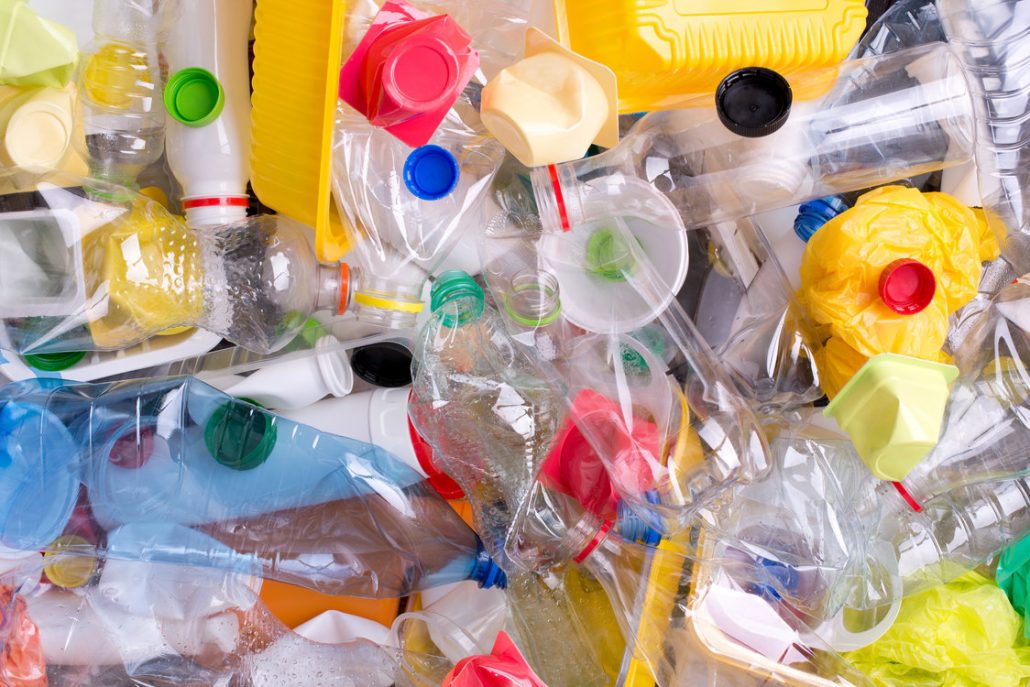An expert recently explained why North American e-plastics processing could be a component of a wider effort to reduce energy use in U.S. manufacturing. And he outlined steps for progress.
The Remade Institute is a government-funded initiative researching avenues to reduce energy use in American manufacturing. One key way is through boosting recycling, specifically in the realms of plastics and electronics. Remade, which launched in 2017 and is funded with $70 million over five years, last summer issued funding to a handful of projects increasing recovery of hard-to-recycle plastics.
But the organization also has a particular interest in another hard-to-recycle plastic category, the e-plastics found in electronic devices. At the 2019 Plastics Recycling Conference and Trade Show in March, Brian Riise, a polymer expert with the Remade Institute, expanded on the barriers to greater e-plastics recovery and some of the potential solutions.
Export options hindered development
ReMade is interested in recovering plastic from e-scrap in part as a way of harnessing the embodied energy – the energy of the oil used as feedstock, plus the energy to convert the plastic into pellets. Riise noted e-plastics are more energy-intensive than many other common plastics in the marketplace, such as PET, so choosing those polymer to target for recovery can be a smart environmental move.
Between 25% and 30% of the end-of-life electronics stream is made up of plastics, Riise said, but historically most of the plastic that is recovered has been shipped overseas. Riise formerly worked at plastics recycling technology company MBA Polymers, and he said the company experimented with e-plastics recovery but “couldn’t compete with exporters.”
“But because those exports have gone away, or are at least very unstable, there could be an opportunity domestically,” he said, referencing the upheaval in global scrap plastic markets over the past two years, driven largely by China’s recycled-material import restrictions.
Meanwhile, recovered e-plastic demand has increased over the years as companies look to use more and more recycled material in manufacturing. The plastics are also comparatively valuable. Riise said ABS, HIPS and PC are significantly more expensive as virgin materials than typical polyolefins are, which means there is a strong economic case for recovering those materials.
Between 25% and 30% of the end-of-life electronics stream is made up of plastics, Riise said, but historically most of the plastic that is recovered has been shipped overseas.
In the past, e-plastic was shredded or baled, before being exported. E-scrap companies got very low prices for selling the material, but didn’t have to spend much on processing it. With some investment in processing operations, Riise noted, there is the potential for greater financial return on the material.
“As you maximize the value of the material by going from mixed plastics to flakes, purified flakes to pellets, you increase the value and you actually have the potential to improve profitability,” Riise said. (Riise and several colleagues wrote a feature story last year for E-Scrap News, sister publication to Plastics Recycling Update, laying out that profitability structure.)
Technical considerations
Density sorting, electrostatic separation, optical sorting, X-ray transmission, near infrared and other tools are key to purifying recovered e-plastics and boosting the material’s value , Riise said.
After sorting, the plastic needs to be extruded and compounded. Here, different extruders yield different results, and there are tradeoffs. A twin-screw extruder, for example, can provide strong mixing and compounding, whereas other models carry higher throughput.
Melt filtration is also a critical component of e-plastics processing, because there are numerous contaminants that must be weeded out. And here, too, the equipment depends on the processing operation’s planned usage.
“I worked in this for 20 years, and I don’t think we ever had a consensus on what the ideal melt filtration system was,” Riise said. “It really depended on the details of the feed material and the contaminant.”
Riise said the economic opportunity for greater domestic e-plastics recovery is promising, noting the required technology has been developed.
He also listed some significant steps that need to take place to optimize recovery of the material. These include improving the ability to rapidly identify input composition due to the variety of plastics used in electronics, improving output pellet properties (such as their visual appearance to allow for higher-use end markets), and exploring chemical and solvent processing on e-plastics (either for recovering additional polymers or removing additives such as flame retardants).
Riise said Remade and its members “have the potential to look at some of these technical barriers, overcome them and really develop this technology.”
Photo credit: Brian Adams Photo/Resource Recycling, Inc.
A version of this story appeared in E-Scrap News on May 9.



























